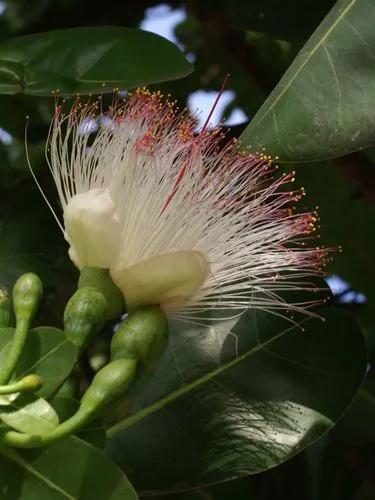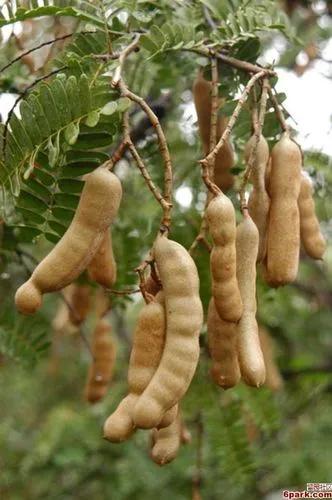Pinus halepensis, commonly known as aleppo pine, originates from the Mediterranean climate area of U.S. Department of Agriculture plant hardiness zones 9 and 10, where the tree is hardy. This erect evergreen reaches 65 feet tall, growing up to 36 inches each year. Its light-green, short needles are bundled in clusters of two, and its brown cones grow up to 3 inches long. This tree overwhelms small yards and lives more than 150 years.
Aleppo Pine Care
Pinus Halepensis



How to Care for the Plant

Water

Water the aleppo pine tree two to three times each month when the weather is hot and dry. Attach one end of a garden hose to a faucet, and place the hose's other end near the tree's base. Turn on the faucet, and let water run slowly from the hose until the tree's area is flooded. Watering is important while the tree is young and grows quickly. An aleppo pine tree tends to drop its needles prematurely when it is under water stress. Do not water the tree during the cool months.

Pruning

The Aleppo pine tree does not require pruning unless you are taking out a wayward branch or removing parts that are dead, diseased, or damaged. You can control growth and shape to some degree by removing the conifer candles—new growth—when they first appear.

Fertilizer

Fertilizer application can cause an overgrowth of the Aleppo pine, so it is not recommended.

Sunlight

Choose a planting site where the tree receives full sun throughout the day. Because it grows into a tall tree, it shades the areas below it. Choose plants for the surrounding area that tolerate some shade. The tree grows rapidly and requires a lot of space.

Soil

This tree can handle a wide range of soil pH levels from acidic to alkaline. It can also grow in a wide range of soils as long as it drains well, although loamy or sandy loam soil best mimics its native area.

Temperature

Aleppo pine trees thrive in warm climates like its native Mediterranean region and is one of the most drought-tolerant of all pines. In the U.S., the Aleppo is a popular ornamental tree in hot, dry areas such as the Southwest. The Aleppo's tolerance for heat and drought and its fast growth are highly valued in these areas.

Additional

The wood, sawdust and resins from various species of pine can cause dermatitis in sensitive people. Avoid if allergies. Avoid internally if suffering from asthma or bronchitis. The astringent taste may cause stomach discomfort

Popularity

372 people already have this plant 46 people have added this plant to their wishlists
Discover more plants with the list below
Popular articles






